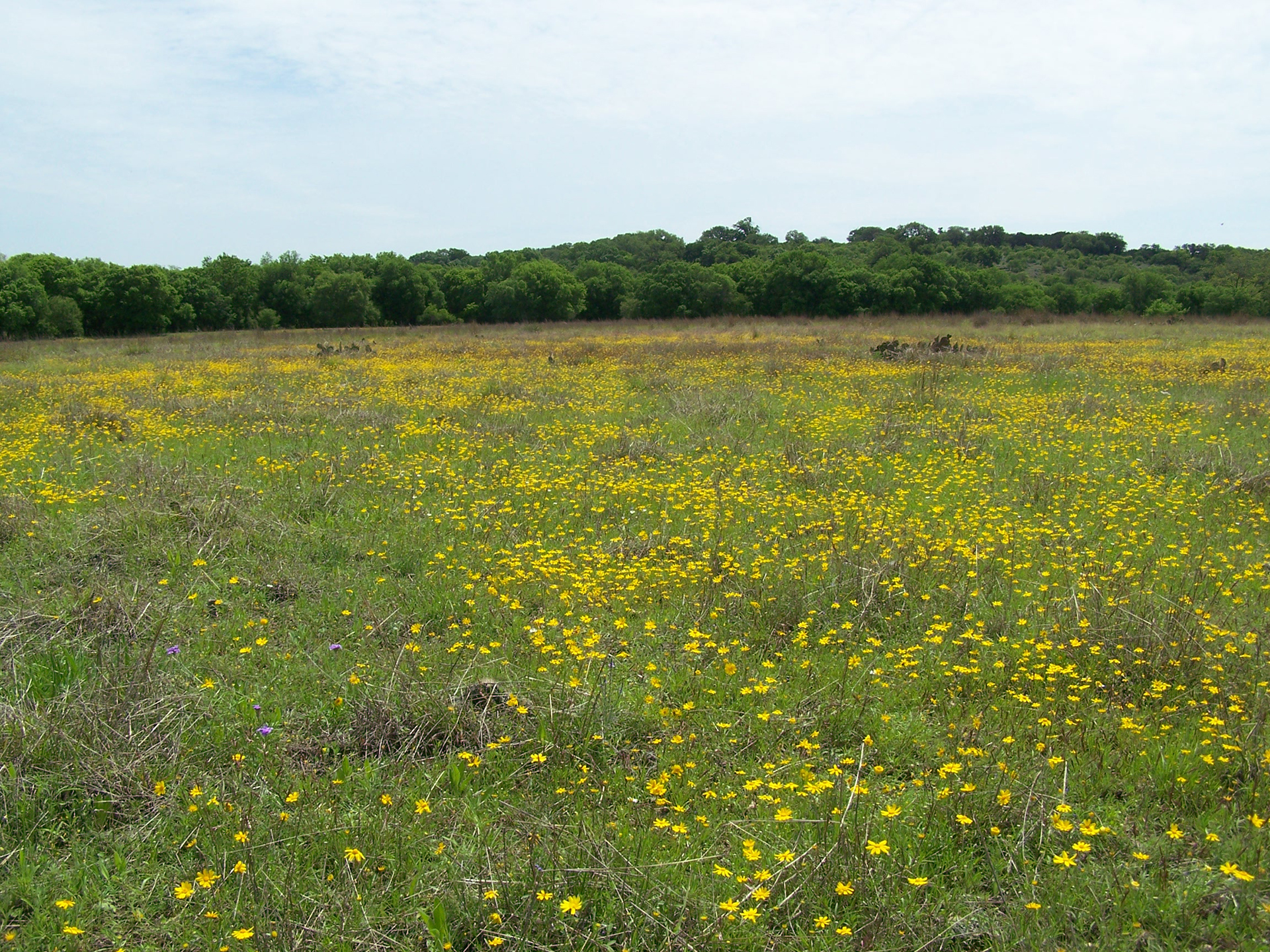The Bauer Unit, consisting of 670 acres, provides 6 miles of trails for hiking, biking, and running through old pastures, cedar brakes, agricultural fields, and along the Guadalupe River. Being on the north side of the River and somewhat isolated from the rest of the Park, it is much less visited than the main Park area to the south. In the spring, many of the old fields are covered with acres of brilliant wildflowers. It also provides one of the best areas for birders, with its quiet remoteness.
The north side of the Guadalupe in this area was settled by immigrants in the mid-nineteenth century many years before the south side due to its tillable fields in the alluvial plains of the river. In 1856 the newly arrived German immigrant, Philipp Bauer, made a preemptive land claim on the 160 acres that became part of the Bauer Farmstead. In that same year he and his bride of one year, Marie Peters, began living on the land. Over the next 2-3 decades, he purchased additional surrounding property and built a number of structures, including the one known today as the Bauer House. It displays some of the original fachwerk structure associated with many early German buildings in the Hill Country.
Bauer descendants continued to live on the Farmstead until 1932, after which it passed through a number of hands and was eventually purchased by David Bamberger in 1971. Bamberger then offered the property to the Texas Parks and Wildlife Department in 1974. The Bauer Farmstead was designated a State Archeological Landmark on June 28, 1983.
Hunts have been conducted on the property since the mid-2000s. The Bauer Unit was officially opened to the public in March of 2012, but access was only from the southern side of the Park. It took a few more months before access by vehicles from the Acker road entrance was available. The north (Acker road) entrance was officially opened on Labor Day weekend 2012, allowing the public to take full advantage of its many miles of quiet hiking trails.
An informative summary of the history of the Bauer Farmstead and a detailed study of the architecture of the Bauer House itself can be found by clicking here.
